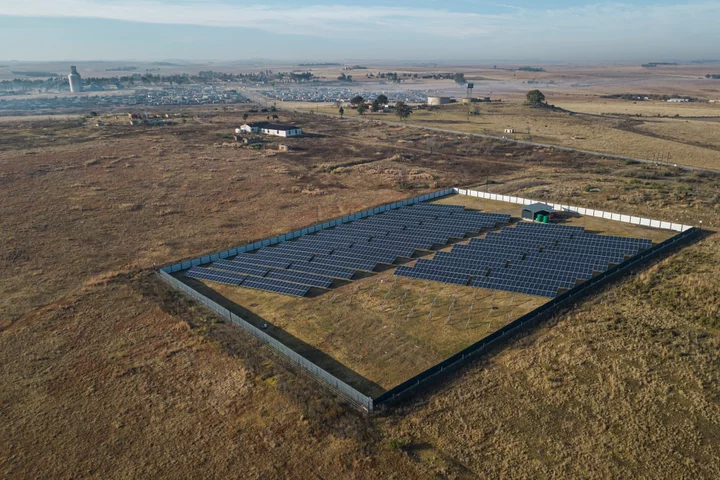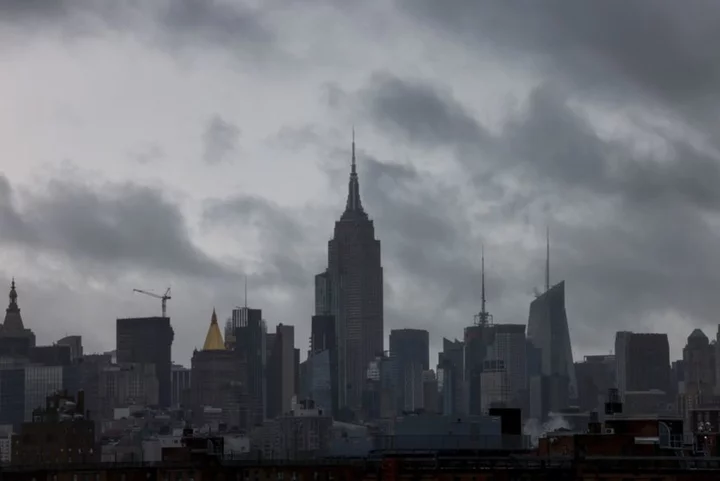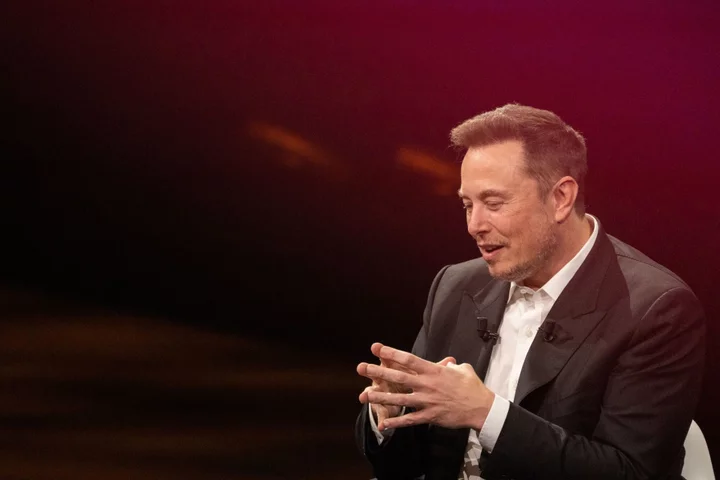(Bloomberg) --
Solar and wind power are the cheapest sources of energy in most of the world. And, yet, there is a yawning gap in the current investments in clean energy compared to what’s needed to meet climate goals.
That disparity is mostly down to a dearth of investments in developing countries. In 2020, more than half the world’s population, mostly in emerging economies, got less than 15% of global investments in clean energy, according to the International Renewable Energy Agency.
One explanation for that is simply the divide between rich and poor countries. Most of the world’s capital sits in advanced economies, while most of the need for clean-energy investments is in emerging markets.
Narrowing that gap is one of the biggest challenges for climate finance. And solar and wind projects ought to be a promising route to do that. Unlike building sea walls or more heat-resilient cities, clean-energy projects can turn an immediate profit and thus should be attractive to private investors.
But these investors continue to shy away from emerging markets, because they tend not to generate as much profit after accounting for all the costs of operating in those markets. An investor needs to make about 7% in returns on a solar project in Germany to turn a profit. A similar project has to yield 17% in India to be as profitable to the same investor, according to a United Nations-backed group of climate-finance experts.
The huge difference is down to what economists call macroeconomic risks, which include political and financial risks. Investors pay extra to manage those risks and that’s what eats into the profits. That’s why, even though developing countries should be attractive for clean-energy investments because they have lower labor costs, cheap land and ample sun and wind, those projects aren’t as bankable as those in developed countries.“There’s actual risk that you can calculate reasonably easily,” said Frank Schroeder, senior policy advisor on global finance and economics at the environmental think tank E3G. “But there’s also perceived risks, because of uncertainty or herd behavior, which are harder to address.”
There is a way to overcome some of these perceived risks, argues Avinash Persaud, an economist who is the special finance envoy for Barbados. In a white paper seen by Bloomberg Green, Persaud shows how international financial institutions could lower the cost of managing currency risks and make many more clean-energy projects attractive to global investors.
Listen to Avinash Persaud expand on his climate-finance solutions on the Zero podcast.
To understand how, let’s take the example of a solar farm in South Africa that an American investor is interested in funding. The investor seeks a steady return in US dollars, even though the revenue generated from the farm will be in South African rand. Hedging that exchange-rate risk can cost as much as 8% of the annual revenue of the solar farm, which eats into the profit of the investor.
Persaud argues that the International Monetary Fund should set up a partial currency-exchange guarantee. Because the IMF can operate across more than 100 currencies, it will be able to pool the risks much better than private investors can do today. That, in turn, will lower the effective hedging costs that private investors pay. Done right, Persaud claims, the costs could be halved.
“At the moment, the price of currency risk is substantially bigger than the actual risk,” said Persaud. That’s why he thinks the IMF ought to be able to reduce the “overpayment” on currency hedging for private investors without losing money. Read More: Here Are Five Ways Finance Is Trying to De-Risk Heat Waves
In a meeting in Paris next week, Barbados Prime Minister Mia Mottley will lay out many proposals to reform the international financial system. The summit, backed by French President Emmanuel Macron, will see tens of heads of states turning up to show support. One of those proposals will be to create $100 billion worth of currency-exchange guarantees in multilateral development banks and the IMF that could unlock $1.5 trillion worth of annual investments in green projects.
But currency risk hedging alone will not go far enough, warns Sony Kapoor, professor of climate, geoeconomics and finance at the European University Institute. More work is needed to ensure there are ways to cut interest rates and encourage lending in local currencies.
Given the complexity of fixing global financial institutions, exchange-rate guarantees is definitely worth working on. “Local currency risks is one of those issues that’s hard to rally people around,” said Karen Mathiasen, project director with the Center for Global Development and who previously served as acting US executive director at the World Bank. “But addressing it is one of those solutions that’s worth scaling up.”
Akshat Rathi writes the Zero newsletter, which examines the world’s race to cut emissions. You can email him with feedback. His book Climate Capitalism will be published later this year.
--With assistance from Oscar Boyd.
(Corrects to clarify that investors take on a hedging cost rather than pay a fee in ninth and tenth paragraphs.)









